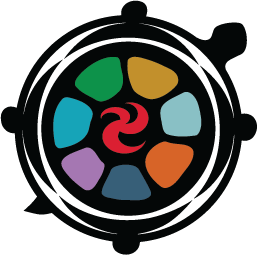Mortality and Morbidity Report 2021
New Study on mortality and morbidity related to fire, burns, and carbon monoxide poisoning among First Nations people, Métis and Inuit in Canada.
Indigenous Peoples are over five times more likely to die in a fire. That number increases to over 10 times for First Nations people living on reserves. Inuit are over 17 times more likely to die in a fire than non-Indigenous people. Rates among Métis were higher than non-Indigenous estimates (2.1), but these rates were not significantly different.
A new Statistics Canada study, commissioned by The National Indigenous Fire Safety Council (NIFSC) Project and funded by Indigenous Services Canada, shows a bleak picture of mortality and morbidity related to fire, burns and carbon monoxide poisoning among First Nations people, Métis and Inuit in Canada.
The mortality and morbidity rates provided by the new Statistics Canada report are grim but underscore the vision for the National Indigenous Fire Safety Council.
Moving Forward: How the NIFSC will help Indigenous Communities
To address the complexities in the areas of fire and life safety, the NIFSC is offering culturally sensitive and relevant fire and life safety training and education programs that are created for and delivered by Indigenous Peoples. These services are available to First Nations populations living on reserve, leadership, and individuals working or volunteering in emergency services.
The NIFSC has launched close to 80 programs and services that provide training and ongoing support to more than 600 First Nations communities in Canada. Programs include education, support, and training in the areas of community fire safety, community governance support, community infrastructure and engineering support, fire department management, fire investigation services, and fire department operations.
Training, education programs and services being offered by the NIFSC have not previously been available to First Nations communities, whereas they have been available in most other communities in Canada. Currently, the work of AFAC and the NIFSC is focused on First Nations populations living on reserve. For more details, please refer to our inclusivity statement.
NIFSC's goal is to provide hands-on capacity building through training and education to help build skills and knowledge for fire and life safety measures within Indigenous communities and amongst Indigenous leadership.
One area in which the NIFSC is working to improve fire-related mortality and morbidity amongst Indigenous Peoples is through more accurate data collection. The creation of the National Incident Reporting System (NIRS) will, over time, provide the data regarding fire incidents in Indigenous communities that has been missing.
We are encouraging Indigenous communities to report fire incidents through the NIRS as they occur. This will help support long-term decision-making. By understanding how and why fires occur, we can direct our attention to the root causes of fires in Indigenous communities to prevent future fires, injuries, and loss of life.
By providing fire and life safety services we anticipate a sharp decline in the mortality and morbidity rates outlined above, and that fire-related mortality and morbidity rates will begin to align with that of the general population.
